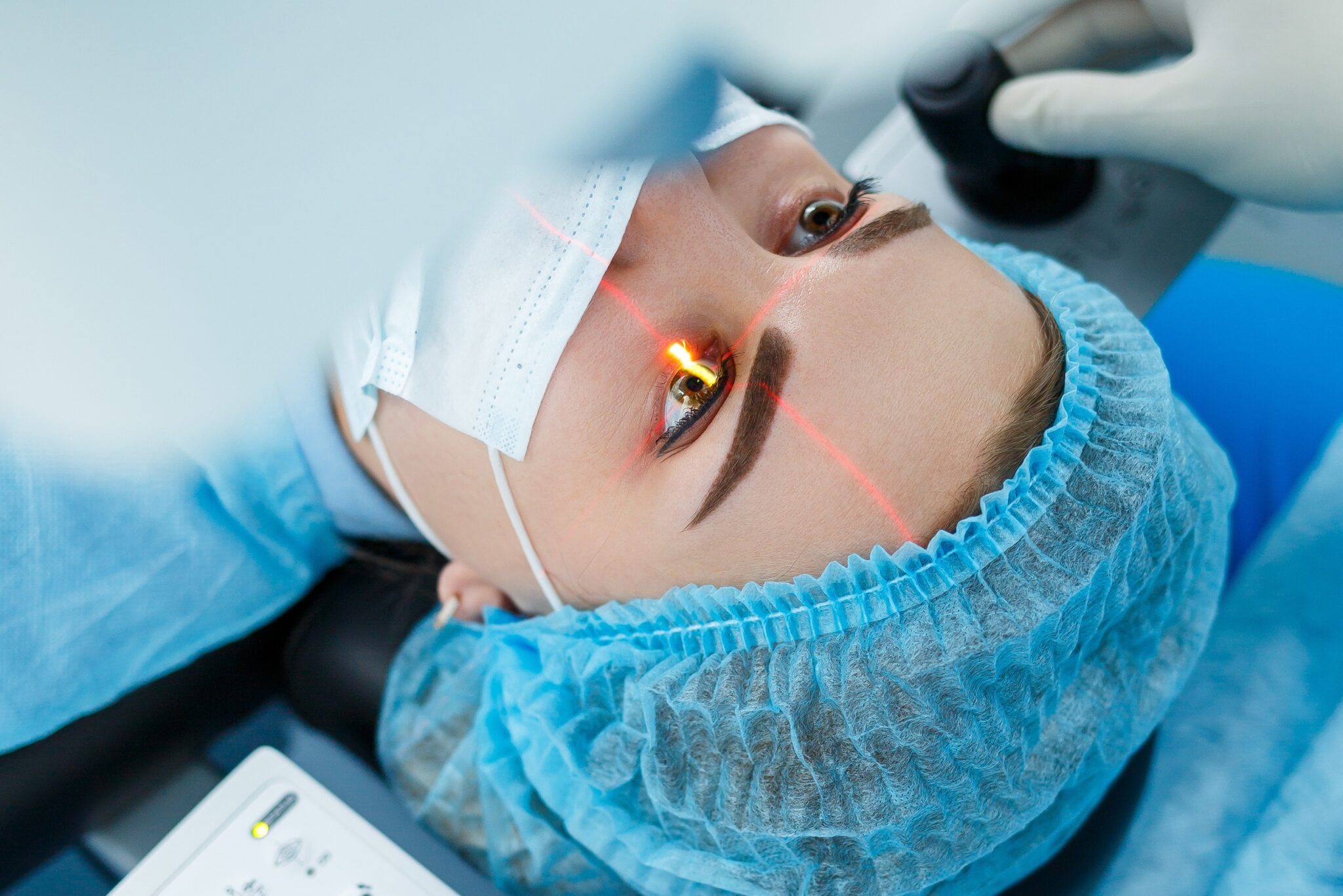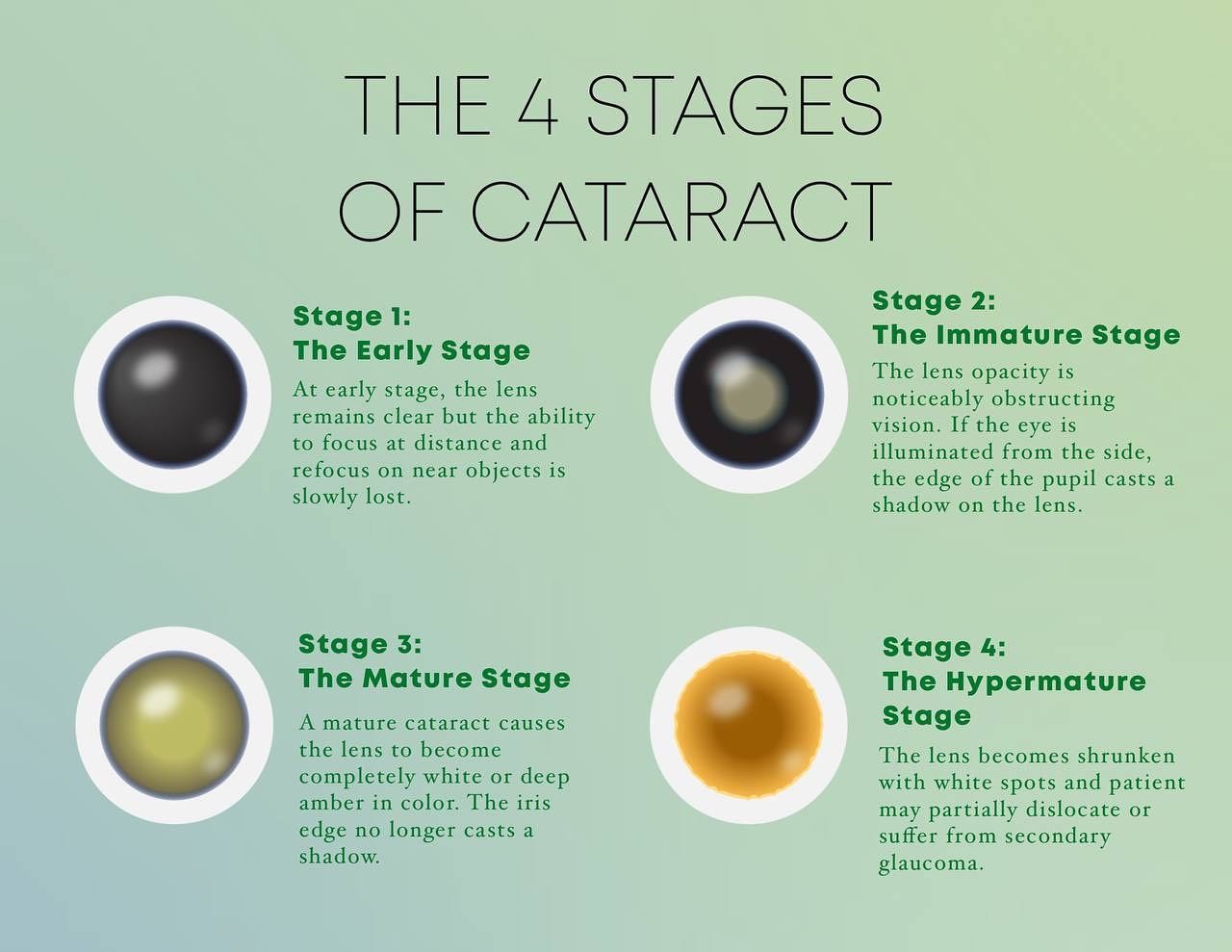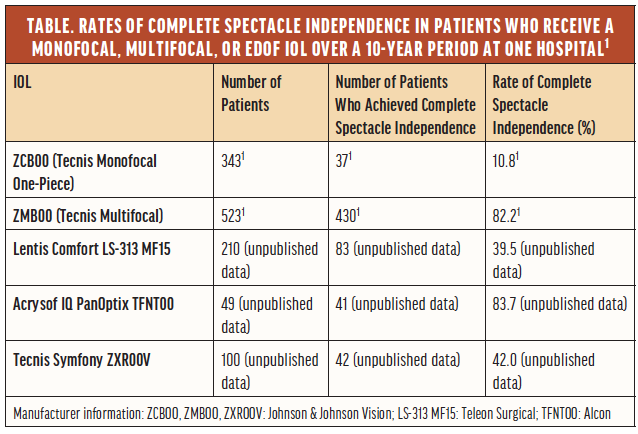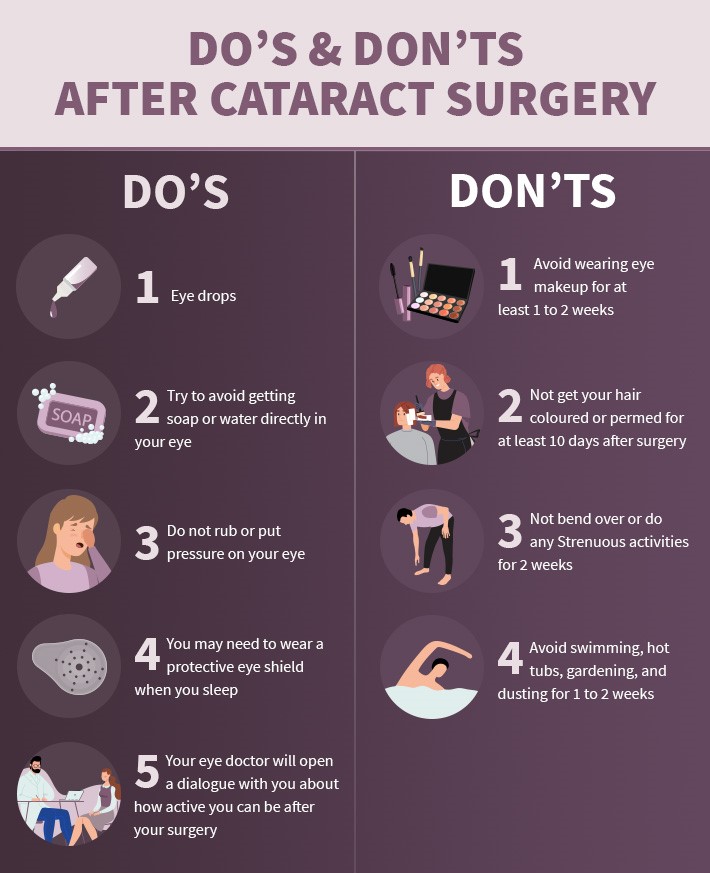Cataracts are a natural part of aging, yet they don’t have to mean a compromise in your quality of life. With modern cataract surgery techniques and premium intraocular lenses (IOLs), patients can enjoy crystal-clear vision once again—sometimes even better than they had in youth. This blog dives deep into everything you need to know about cataracts and their treatment, from signs and symptoms to surgical advancements, recovery expectations, and premium care at Kansagra Eye Hospital.
What Is a Cataract and How Does It Affect Your Vision?
A cataract occurs when the natural lens of the eye becomes cloudy, often due to aging. This cloudiness blocks or distorts light entering the eye, leading to:
- Blurry or dim vision
- Increased sensitivity to light and glare
- Fading or yellowing of colors
- Difficulty seeing at night
- Frequent changes in glasses prescription
Left untreated, cataracts can lead to blindness. Fortunately, surgery is safe, effective, and now more advanced than ever.
When Should You Consider Cataract Surgery?
Many patients wait too long before seeking help. Surgery is often recommended when:
- Vision interferes with daily activities like reading, driving, or cooking
- Glare from lights becomes overwhelming
- Prescription glasses no longer help
Delaying treatment can lead to mature cataracts, making surgery more complex and vision loss harder to reverse. Early consultation ensures better outcomes and smoother recovery.
How Cataract Surgery Works – The Triple-E Approach
Kansagra Eye Hospital follows the Triple E model - Education, Empathy, and Effectiveness ensuring each patient is:
- Fully educated about the procedure and lens options
- Treated with compassion and care
- Given the most effective and advanced surgery available
The most common technique is phacoemulsification:
- A tiny incision is made in the cornea
- The cloudy lens is broken using ultrasound and removed
- A clear artificial lens (IOL) is inserted
No stitches. Minimal discomfort. Rapid recovery.
Choosing the Right IOL – What Are Your Options?
Intraocular lenses (IOLs) replace the natural lens removed during cataract surgery. Options include:
- Monofocal IOL: Clear distance vision; glasses needed for near tasks
- Multifocal IOL: Allows both distance and near vision; reduces dependence on glasses
- Toric IOL: Corrects astigmatism during surgery
- EDOF (Extended Depth of Focus): Offers a continuous range of vision with less glare
At Kansagra Eye Hospital, IOL selection is customized based on lifestyle, vision needs, and budget. You’ll get honest, unbiased advice to choose what’s best for you—not just what’s expensive.
After the Surgery – What to Expect in Recovery and Results
Cataract surgery recovery is usually quick and easy. Most patients notice improved vision within 1–3 days.
Recovery Tips:
- Use prescribed eye drops regularly
- Avoid touching or rubbing your eyes
- Wear sunglasses outdoors
- Don't bend over or lift heavy weights for 1–2 weeks
Results:
- Vast majority achieve 6/6 or better vision
- Sharp, clear, vibrant colors
- Reduced need for glasses depending on IOL
You’ll return to your routine life—only with brighter, sharper vision.
Why Kansagra Eye Hospital for Cataract Care?
Since 1979, Kansagra Eye Hospital has been synonymous with vision excellence in Rajkot and Saurashtra.
Here’s what makes us stand out:
- Over four decades of legacy
- Latest surgical tech like MICS and femtosecond-assisted surgery
- Expert team led by Dr. Hemal Kansagra, a renowned corneal and cataract surgeon
- Premium lens inventory
- Honest consultations with focus on ethical, affordable care
We don't just restore sight—we restore confidence, independence, and quality of life.







